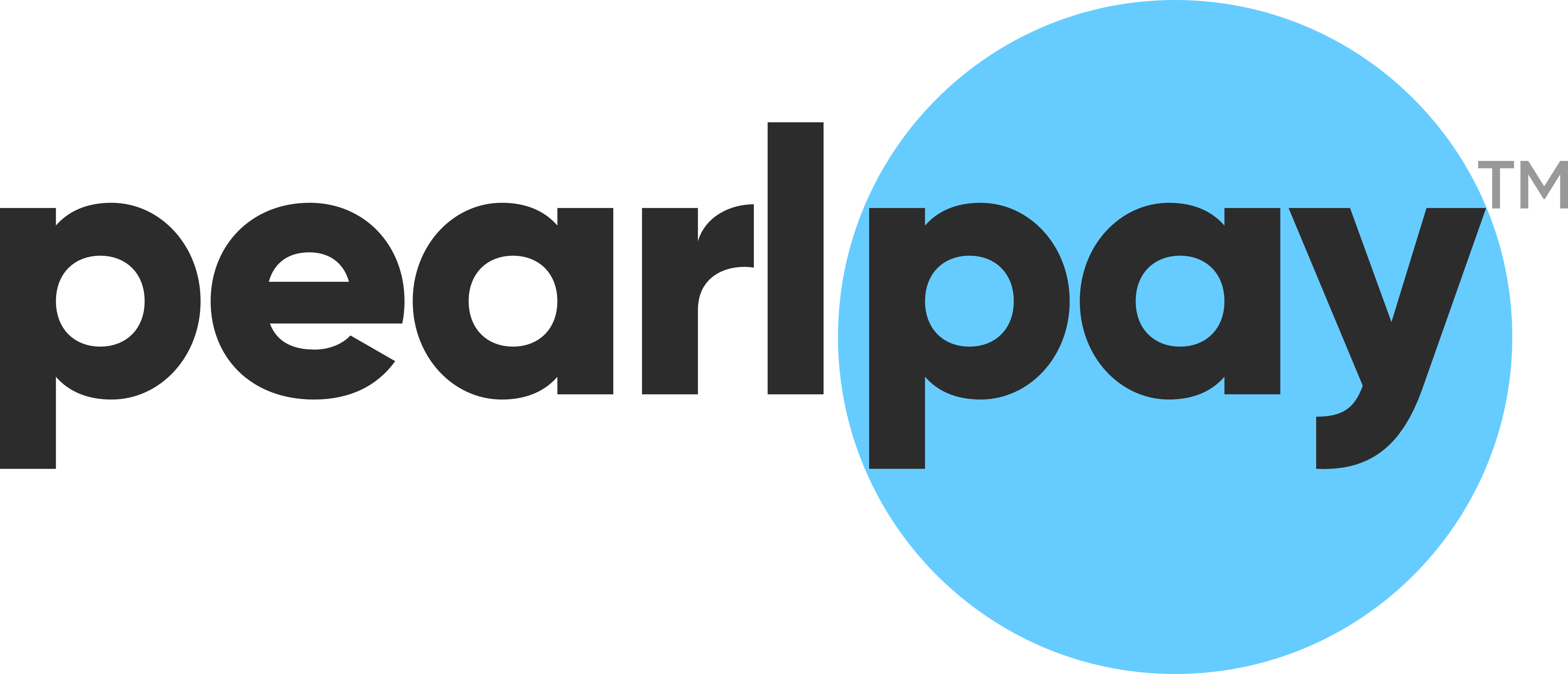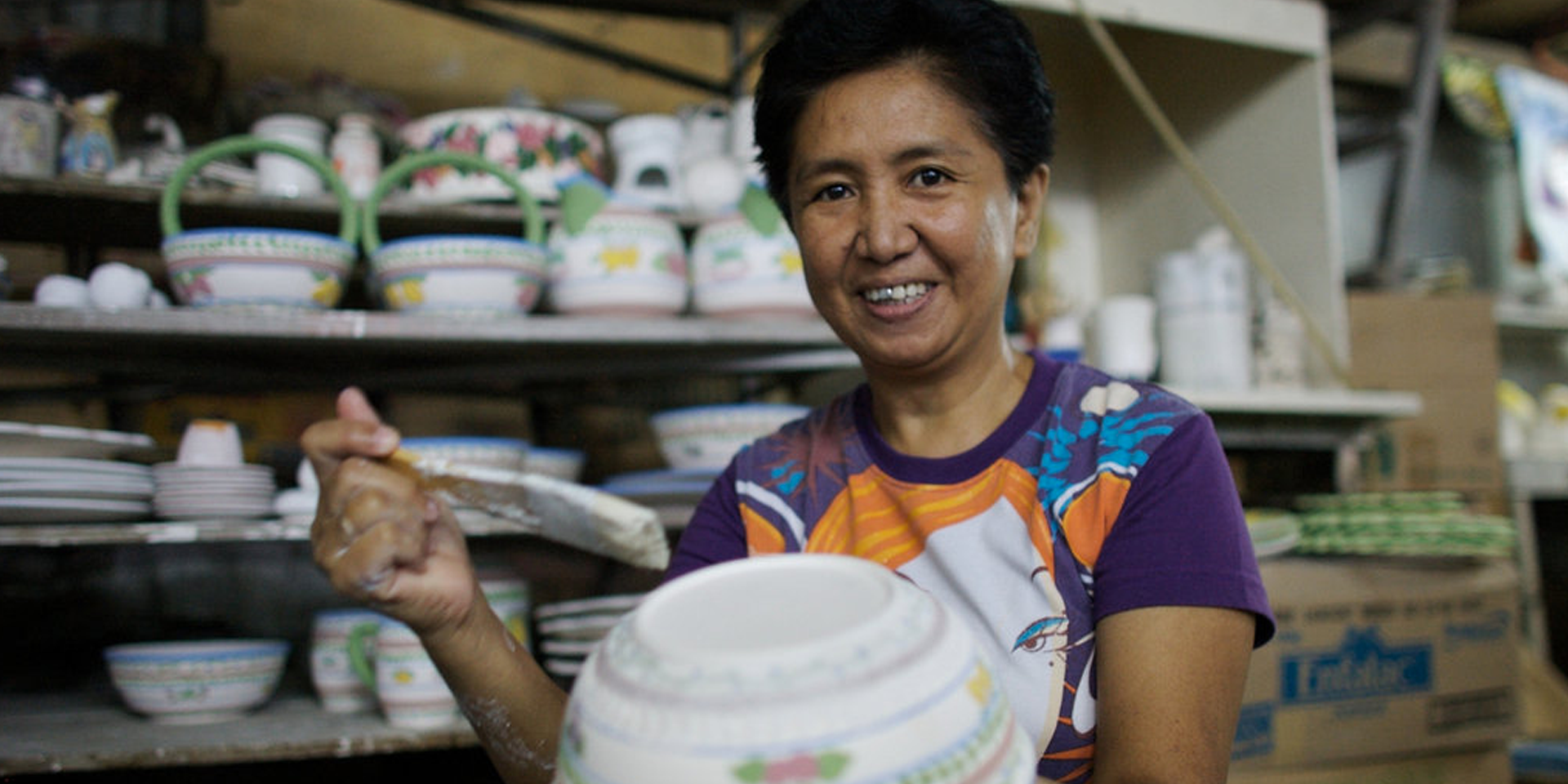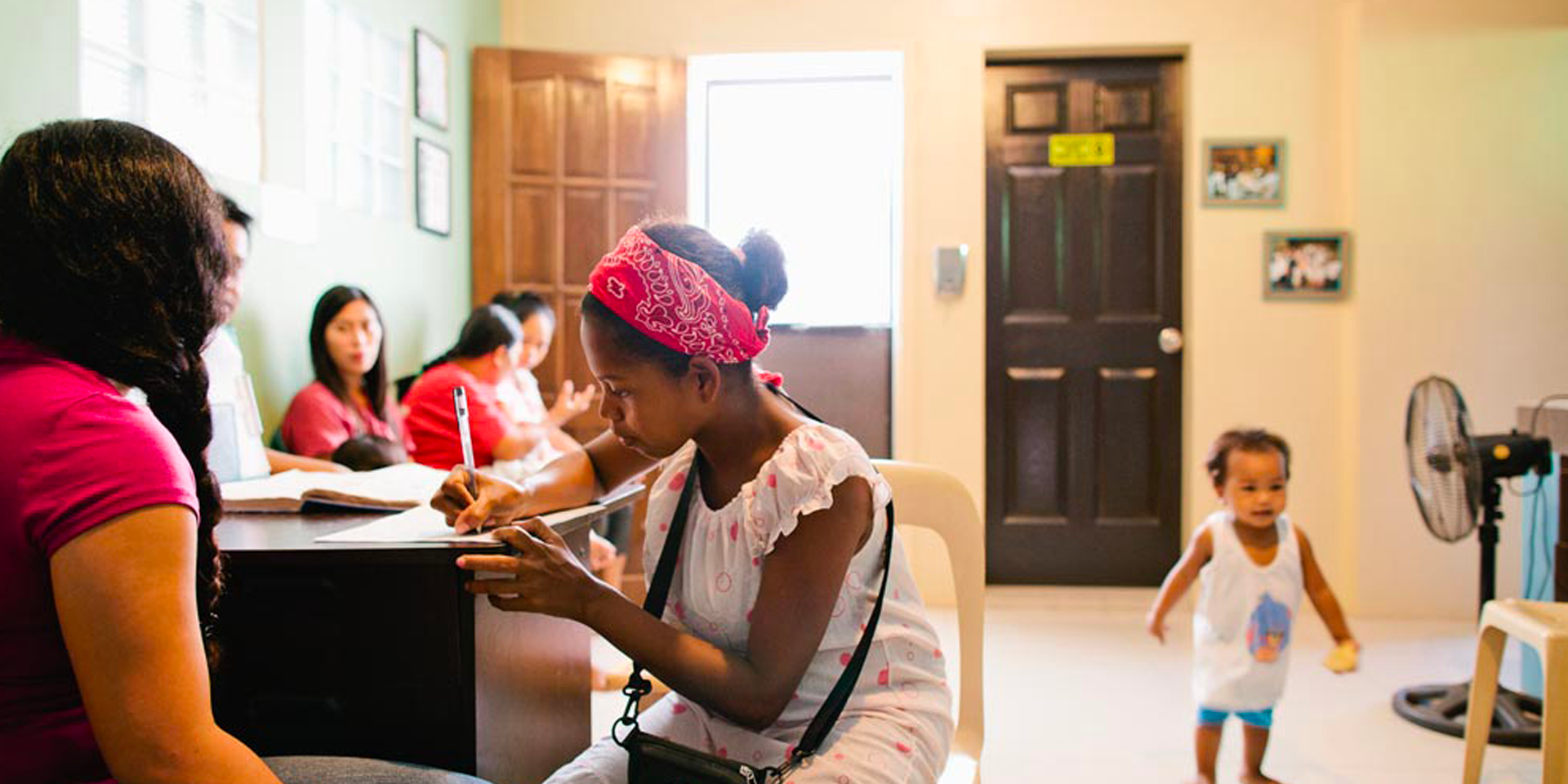Since the turn of the 21st century, the Philippines has actively played a part in the global labor market. Seeing the promise of a bigger income through earning foreign currencies has enticed millions of Filipinos to choose employment overseas. At present, around 12 million Filipinos or at least 10% of the country’s population are now classified as Overseas Filipino Workers (OFWs). Despite the harsh environments, bouts of homesickness, and even life-threatening risks that they knew they would face abroad, their desire to provide a better life for their families is even greater. Through sending their hard-earned salary back home, OFWs are able to strengthen their bond with their families and help them withstand struggles with great resilience.
Not only this, they have become one of the backbones of the Philippine economy. According to the World Bank (WB), OFW remittances as of 2017 have amounted to a record-high 33 billion USD, placing the Philippines at 3rd rank among countries with the highest remittance inflows. As the 2nd largest source of foreign exchange, OFW remittances play a huge part in propelling the Philippine economy and peso currency.
Remittances reach their dependents through formal channels such as banks and money transfer agents, as well as personal couriers, who may be family members or co-workers bringing the cash and non-cash items back home to the Philippines. As announced by the Bangko Sentral ng Pilipinas (BSP), remittances sent through formal channels such as banks and money remittance agents nationwide have increased by 4.3%, while personal remittances grew by 5.4% in just a year.
As much as these figures indicate a significant contribution to the country’s economic growth, the ways of sending money from abroad pose several challenges to both the sender and receiver. As reported by World Bank at the 1st quarter of 2018, the global average cost of sending money through banks is at 7%, which escalates to as high as 11% to send money to the Philippines. In most cases, OFWs would have to shoulder expensive bank fees just to send the exact amount of money intended for their family’s needs. Further alarming is that some commercial remittance companies even charge hidden fees between 2.5% to 4% depending on the method of transfer used. In terms of the length of time needed to send money, it may take as long as 3 to 5 days to process international wire transfers. This means that in unexpected times of need, a family would have to wait almost a week to receive emergency funds, and in the case of dependents living in communities farther away from the city, the wait would be even longer. If faster and safer transfer translates to a higher cost to pay, what choice is there left for our OFWs?
As proposed by Dilip Ratha, lead author of the World Bank Remittance Report 2016, governments should start addressing the need to reduce costs and simplify the process of sending money home through the use of more efficient technology. Most fortunately, we are living at a time where the latest advancement in technology is taking center stage, especially in the financial sector.
Today, blockchain continues to make headlines in the financial services industry. Known as the platform that powered Bitcoin and other cryptocurrencies, the tech community is now looking into the potential of blockchain to power innovation in the financial industry. By definition, the blockchain technology is a distributed database with information duplicated across a network of computers. Transactions are recorded into the database as blocks and verified by all members of the network. The chain of blocks is protected by cryptography, which ensures that anything recorded in the database can no longer be removed or forged. The blockchain database is built to be free from control by a single entity, and to have virtually no single point of failure, thus ensuring transparency and incorruptibility as the foremost features of the system.
From the words of Vitalik Buterin, Ethereum inventor, “Blockchain solves the problem of manipulation. When I speak about it in the West, people say they trust Google, Facebook, or their banks. But the rest of the world doesn’t trust organizations and corporations that much. It’s not about the places where people are really rich. Blockchain’s opportunities are the highest in the countries that haven’t reached that level yet.”
They say, people often overestimate what technology can do within 2 years but largely underestimate what it can do in 10 years. Harnessing the potential of blockchain technology to eradicate the limitations of existing financial systems, we proudly introduce a breakthrough solution designed to revolutionize the way we send and receive money.
Pearl Pay is a Philippine e-banking platform that will provide world-class and affordable financial services to Filipinos, including domestic/international money remittance, cryptocurrency exchange, and innovative payment solutions. Using just a smartphone connected to the Internet, Pearl Pay makes it possible to have affordable banking transactions done right in the palm of our hands, anytime and anywhere. It also seeks to give more to the Filipino people by reducing the costs of money transfer and ensuring that even the **“unbanked”** can send and receive money as fast and safe – anytime and anywhere.
With Pearl Pay, we can put the Philippines back on the map not just for knowing how well selfie works but by empowering our fellow citizens to connect more to do more.
Related Posts
January 6, 2022
Serbisyo sa Barangay: Livelihood Program for MSMEs
Serbisyo sa Barangay is a livelihood program that will equip MSMEs in barangays with the necessary…
December 7, 2021
How Building a Credit Risk Database for Financial Institutions can Support MSMEs in the Philippines
Read how Credit Risk Database (CRD) can help financial institutions to provide risk-based lending…
May 28, 2018
Unbanked but Mobile Literate Population
Majority of Filipino households is unbanked but more than half have access to the internet. With…



